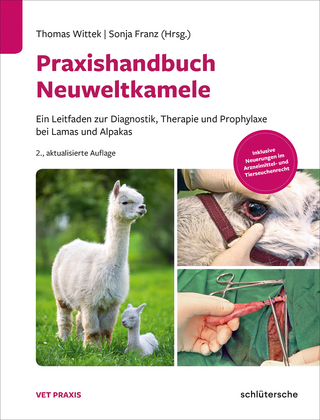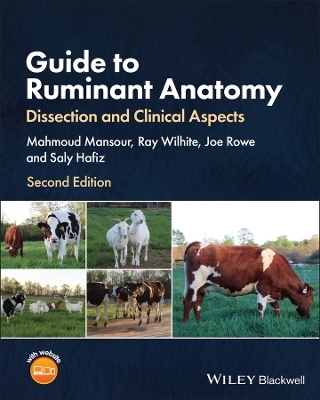
Tackling antimicrobial use and resistance in pig production
lessons learned in Denmark
Seiten
2019
Food & Agriculture Organization of the United Nations (FAO) (Verlag)
978-92-5-131221-6 (ISBN)
Food & Agriculture Organization of the United Nations (FAO) (Verlag)
978-92-5-131221-6 (ISBN)
Describes a campaign to limit the use of antimicrobials - specifically antibiotics - in the Danish swine-producing sector. It is hoped that this historical guide will help to identify ways forward to limit the emergence and spread of antimicrobial resistance, which is threatening public health, animal health and safe food production worldwide.
This report describes a campaign to limit the use of antimicrobials - specifically antibiotics - in the Danish swine-producing sector. It is a testimony of the collaboration between the regulatory sector within the Ministry of Environment and Food (and its agriculture-focused precursors), private veterinary practitioners and swine producers (large and small), to tackle the unsustainable overuse of antibiotics in the industry, and is a retrospective tribute to all those who had the foresight to make significant changes to ensure consumer protection: improving hygiene at primary sites of swine production, developing options for intervention through a system of surveillance and collation of data from feed mills to veterinary practitioner prescriptions, identifying sites for intervention, setting targets, restructuring the relationship between the veterinary services and farmers, and implementing changes in behaviour for greatest impact. Denmark in many ways laid out a plan before there was any known roadmap to follow; each step was based on continuous analysis and feedback to the operators - private and public - for ongoing monitoring and accountability as a driver for change. It is hoped that this historical guide may serve other countries, food producers, regulators, veterinarians and those responsible for veterinary structures, as well as academia, to identify ways forward to limit the emergence and spread of antimicrobial resistance, which is threatening public health, animal health and safe food production worldwide.
This report describes a campaign to limit the use of antimicrobials - specifically antibiotics - in the Danish swine-producing sector. It is a testimony of the collaboration between the regulatory sector within the Ministry of Environment and Food (and its agriculture-focused precursors), private veterinary practitioners and swine producers (large and small), to tackle the unsustainable overuse of antibiotics in the industry, and is a retrospective tribute to all those who had the foresight to make significant changes to ensure consumer protection: improving hygiene at primary sites of swine production, developing options for intervention through a system of surveillance and collation of data from feed mills to veterinary practitioner prescriptions, identifying sites for intervention, setting targets, restructuring the relationship between the veterinary services and farmers, and implementing changes in behaviour for greatest impact. Denmark in many ways laid out a plan before there was any known roadmap to follow; each step was based on continuous analysis and feedback to the operators - private and public - for ongoing monitoring and accountability as a driver for change. It is hoped that this historical guide may serve other countries, food producers, regulators, veterinarians and those responsible for veterinary structures, as well as academia, to identify ways forward to limit the emergence and spread of antimicrobial resistance, which is threatening public health, animal health and safe food production worldwide.
Founded in 1945, the Food and Agriculture Organization (FAO) leads international efforts to defeat hunger. Serving both developed and developing countries, FAO provides a neutral forum where all nations meet as equals to negotiate agreements and debate policy. The Organization publishes authoritative publications on agriculture, fisheries, forestry and nutrition.
| Erscheinungsdatum | 20.07.2019 |
|---|---|
| Zusatzinfo | col. ill., col. figs |
| Verlagsort | Rome |
| Sprache | englisch |
| Themenwelt | Veterinärmedizin ► Großtier |
| Weitere Fachgebiete ► Land- / Forstwirtschaft / Fischerei | |
| ISBN-10 | 92-5-131221-4 / 9251312214 |
| ISBN-13 | 978-92-5-131221-6 / 9789251312216 |
| Zustand | Neuware |
| Informationen gemäß Produktsicherheitsverordnung (GPSR) | |
| Haben Sie eine Frage zum Produkt? |
Mehr entdecken
aus dem Bereich
aus dem Bereich
ein Leitfaden zur Diagnostik, Therapie und Prophylaxe bei Lamas und …
Buch | Hardcover (2023)
Schlütersche (Verlag)
149,00 €
Buch | Softcover (2023)
John Wiley & Sons Inc (Verlag)
185,00 €


